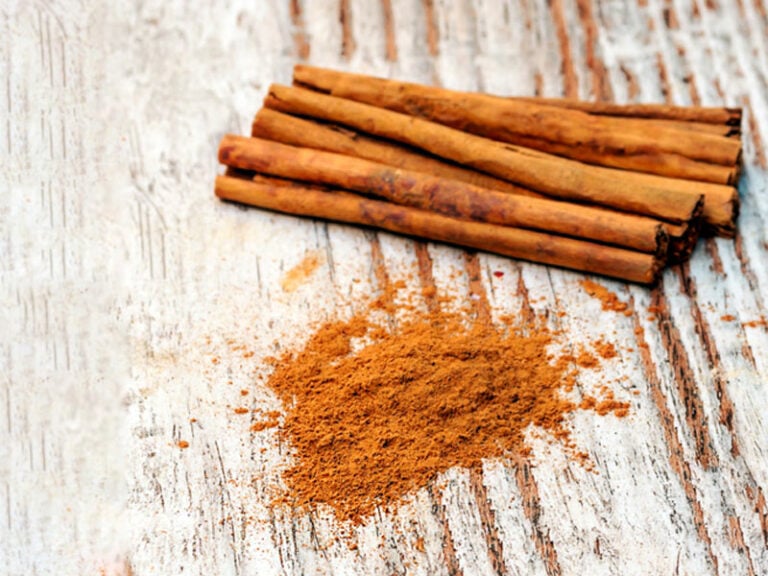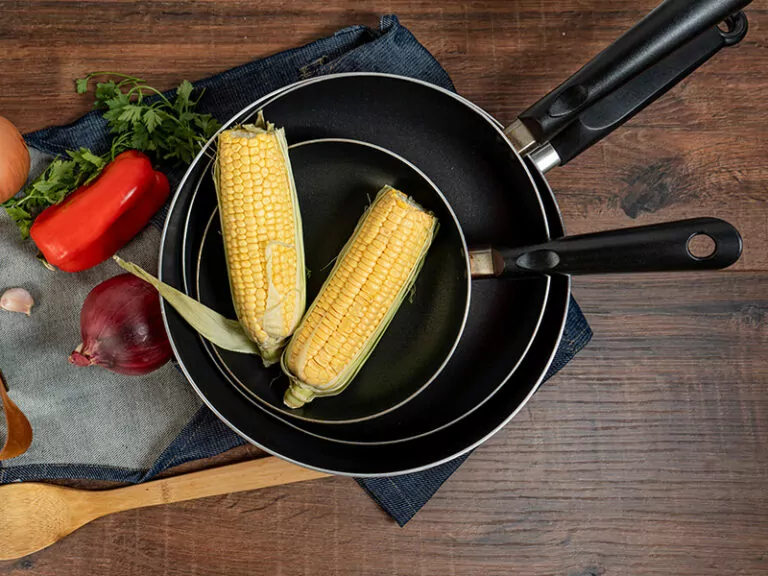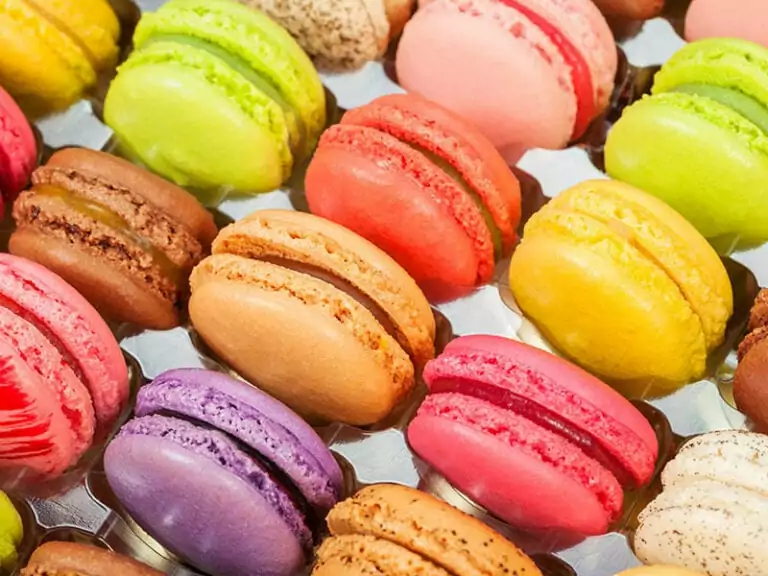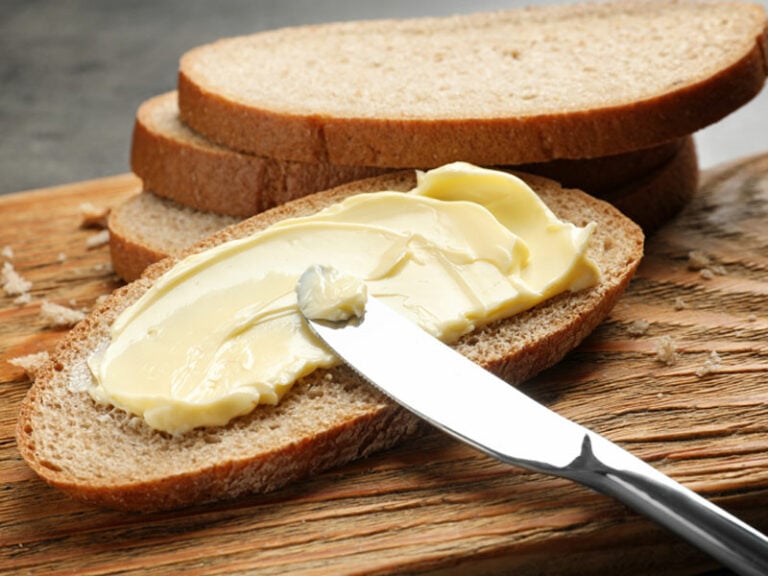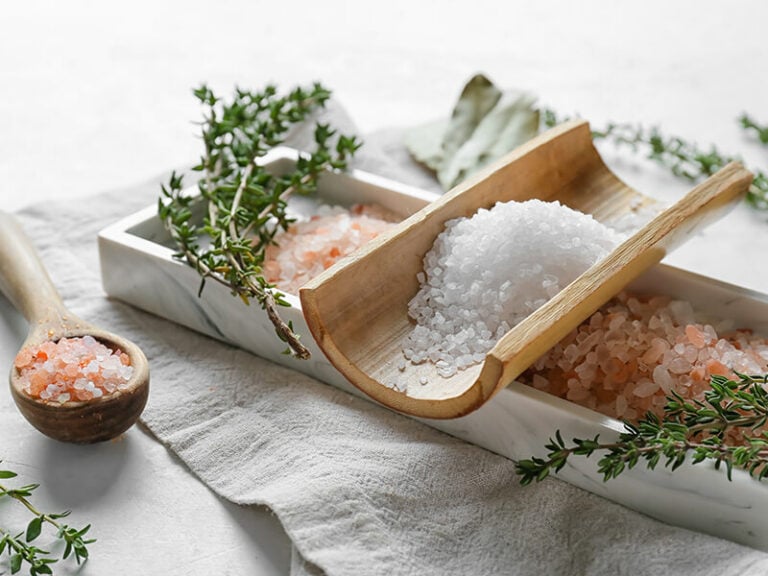If you’re new to the kitchen, then scallions vs. shallots is probably the question that you’re looking to find the answer to.
In addition to their names and looks, there are certainly many other aspects that set these two ingredients apart. But are shallots superior to scallions since they have a more potent taste? Or are scallions better as they’re more crowd-pleasing?
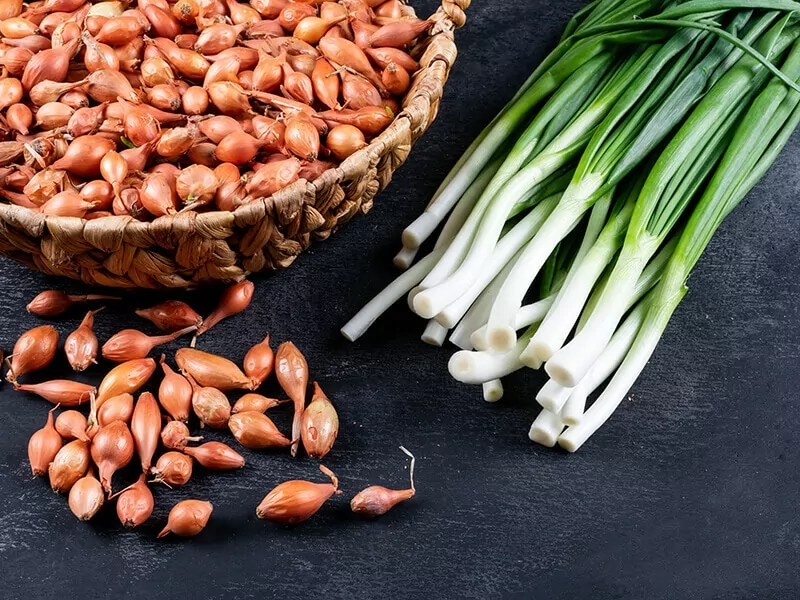
Keep reading to find out the answers to all of your questions and confusion.
A Quick Summary Table
Scallions and shallots, similar to spring onions, chives, or garlic, come from the allium genus family. However, these two ingredients differ significantly in terms of, well, pretty much every other aspect. Additionally, they also found their place in the cuisine of different regions.
Some people are always in a rush, and if you’re one of those people, I’ve got you covered with a quick summary table.
Of course, you won’t be satisfied with such a simple table, right? Scroll down for a more in-depth comparison between these two ingredients!
What Are Scallions And Shallots?
To an extent, scallions (also called green onions) and shallots are similar in terms of botanical origins since they both derive from the Allium genus family. Some other well-known members of this genus family include onion, leek, chives, and garlic.(1)
As a result, they share the same botany structures that consist of two main parts: the underground root and bulb system and the overground green leaves.
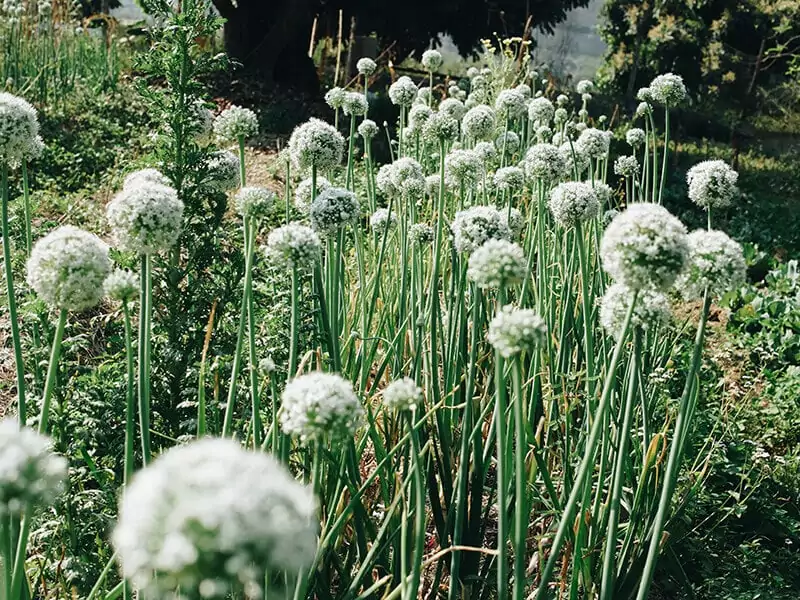
However, the similarities between these two pretty much end there. Despite having identical biological origins, scallions and shallots are harvested in totally different fashions.
Typically, shallots are harvested in their mature form when the bulbs have grown to decent sizes and all the green parts have turned yellow or fallen down.
Scallions, on the other hand, are harvested at a much earlier stage while the leaves are still green and intact. This also explains why they have rather small, underdeveloped bulbs.
In addition, scallions and shallots also grow in different manners. While scallions grow individually, shallots come in bunches or clusters.
Learn more about other allium species like chives or spring onions. Watch this video:
Scallions And Shallots – How They Look
Scallions and shallots differ greatly when it comes to their appearances, so it’s hard to mistake one for another once you’ve known what they look like.
Scallions
Scallions‘ most distinctive feature is their thin, long, and tube-like bodies, with color gradually turning from green to white from top to bottom. Interestingly, there’s a scallion variety called “Purplette” that has a purple base.
Additionally, you’ll also find a small root system at the base of the stem.
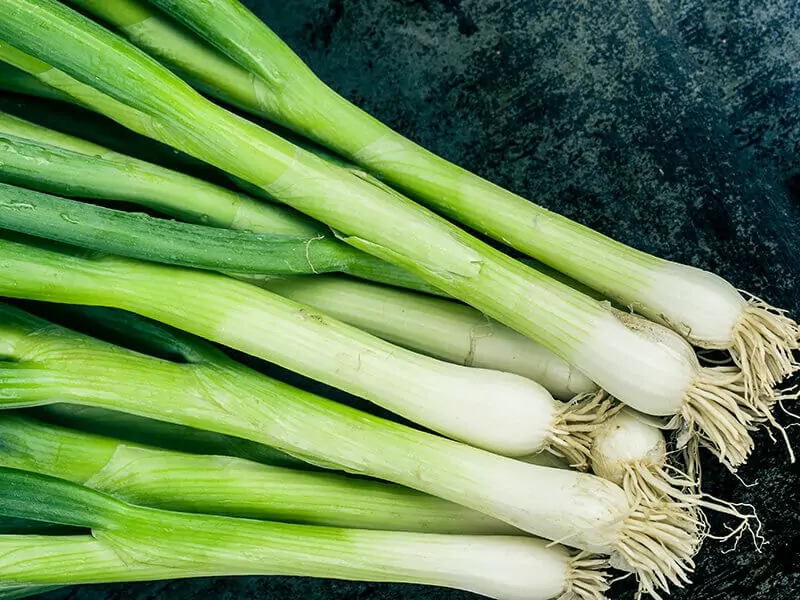
Since scallions grow independently, there’s no clustered bulb. They’re made up of circular layers, as with other members in the allium family.
At first sight, scallions can look a bit similar to chives, spring onions or leeks.
To differentiate between scallions and chives, pay attention to their sizes and the end of their stem. Chives are considerably more delicate and smaller than scallions. Moreover, they won’t include any white stem or root.
As for spring onions, since they’re harvested right before a full bulb has formed, their bulbs are much larger in size in comparison with scallions. They also have tougher green parts, which are generally not suitable for eating.
Leeks are considerably larger than scallions with some of their stems growing up to 1-2 inches in diameter. While bigger in size, leeks have a milder onion-like flavor than scallions and contain notes of garlic that will fade away when cooked.
Shallots
Shallots can be described as small onions with elongated, tapered bodies and papery, easy-to-peel skins. Their bulbs are typically clustered together, which might remind you of garlic cloves.
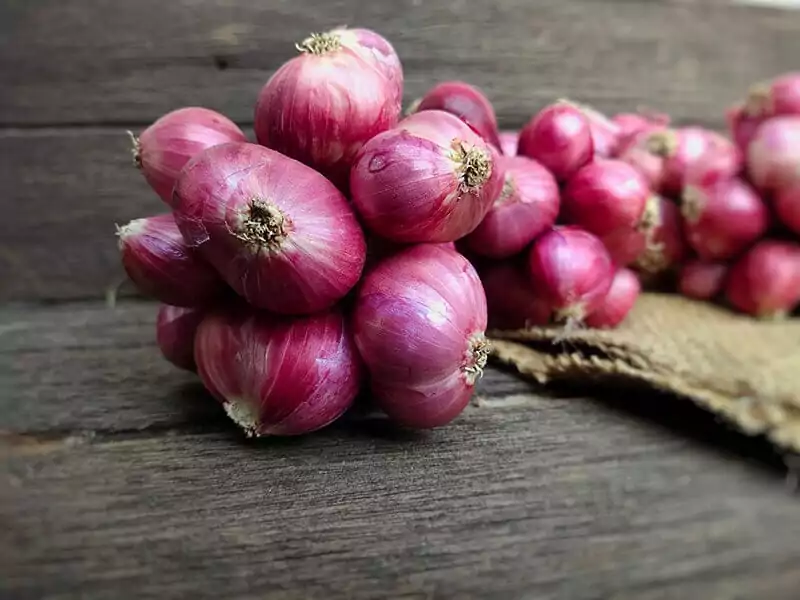
In terms of color, they can vary from coppery pink to brown skin on the outside with white and purple-ish flesh on the inside. Similar to garlic, shallots’ interiors are formed by several cloves that can be easily cut or separated.
When It Comes To Taste, Which One Is Better?
Since scallions and shallots are both cooking ingredients, their flavors are certainly the aspects that you care about most.
Similar to many other green goods in the allium family, both of them possess a potent, aromatic flavor. However, it’s no exaggeration to say that each one tastes unique and memorable in its own way.
Scallions
You can think of scallions’ flavor as a blend of white and yellow onions’ sharp and peppery taste with subtle hints of spiciness.
Rounding the flavor up beautifully are fresh and grassy traces coming from their green parts – a trait that you won’t be able to find in their leafless cousins.
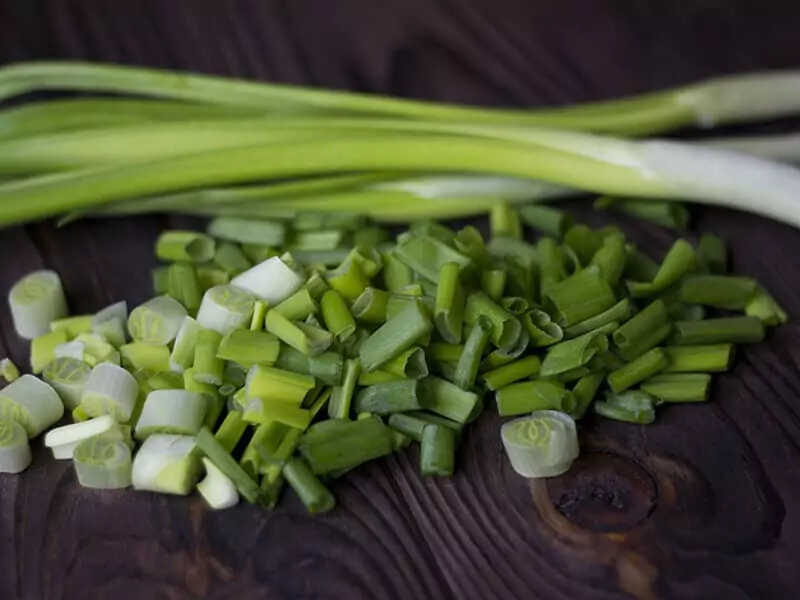
In comparison with shallots, scallions are harvested at an earlier development stage, and this is reflected in their remarkably milder and lighter taste.
This doesn’t necessarily mean a bad thing since many people prefer a pleasant, gentle flavor over an intense, onion-like one.
Shallots
Between the two, shallots are definitely the stronger-tasting alliums. Compared with scallions, shallots are much more powerful in taste, with clear hints of onions and garlic.
However, they still provide a more delicate and crowd-pleasing flavor than a regular onion.
Caramelizing shallots is a great way to bring out their naturally sweet and mellow notes while reducing the pungent onion flavor at the same time. You can pair caramelized shallots with mashed potatoes for a mouth-watering and easy-to-make dish.
Some popular shallot varieties on the market are:
French Gray Shallots
Allium Schaninii or French gray shallots are well-known for their robust flavor and are often praised as “the true shallot” by food enthusiasts. As the name implies, they have grayish outer skin and a purple interior.
Pink Shallots
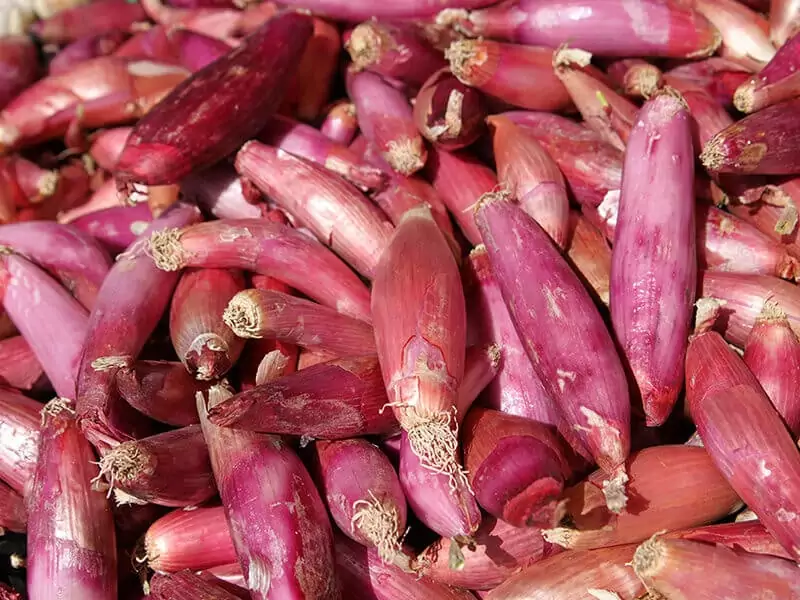
Pink shallots (or jersey shallots) are widely available at markets and grocery stores in the U.S. These copper-colored skin alliums bear all the traits that shallots are known and loved for: aromatic with robust but not too overwhelming flavor.
Banana Shallots
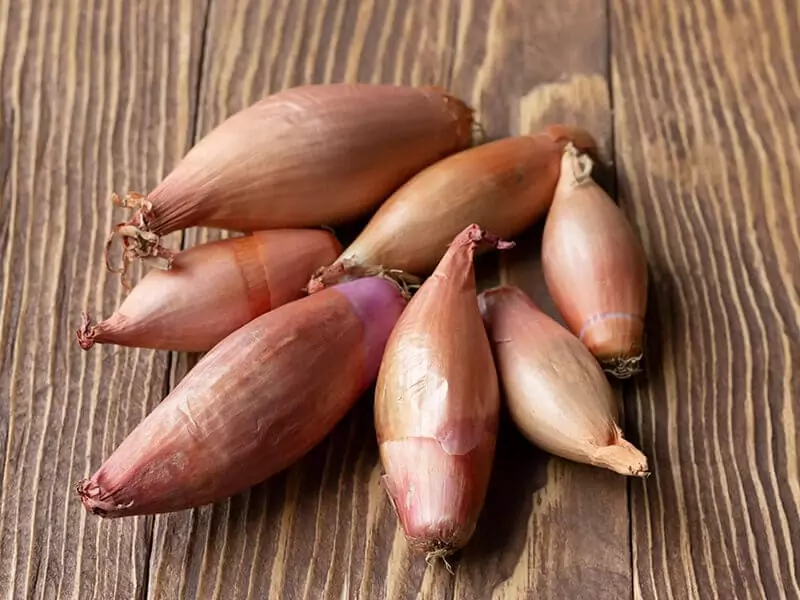
Banana shallot (also known as French echalion shallot) combines the sweet, mild flavor of shallot and the large size of an onion to create a perfect hybrid variety. Their skins are quick to peel and are light-pink to brown-ish in color.
Yellow Shallots
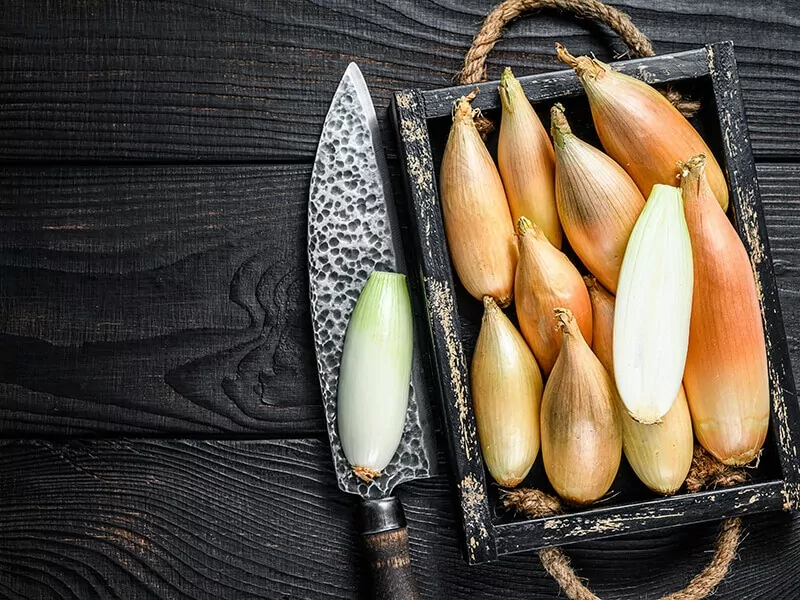
Yellow shallots are the go-to for people who aren’t really a big fan of the intense onion taste. These small, golden shallots boast a sweet and light taste with just the right amount of onion flavor to round up stew and soup dishes. In addition, they’re also great for pickling.
The Exceptional Health Benefits Of Scallion And Shallots
When it comes to health benefits, both scallions and shallots are generally considered good for health. However, each of them provides your body with a different amount of nutrients.
For more details, you can see this table below:
Some of the key differences between these two are:
Overall, scallions and shallots are a great source of antiviral, antioxidant, and antibacterial properties that will boost your body’s defense against various illnesses.
They’re also low in fat, contain 0 cholesterol, and are rich in essential minerals such as calcium, phosphorus, or sodium. Both have high fiber contents, which help you feel fuller for longer.
In short, if health is your main concern, you can’t go wrong with either shallots or scallions.
You Should Cook Scallions And Shallots This Way
Thanks to their unique flavor, shallots and scallions make a great addition to many tasty recipes. This section will tell you how to utilize these two ingredients to their fullest potential.
Scallions
Scallions work exceptionally as an ingredient in both cooked and uncooked states.
You can enjoy them raw in salads or as a garnish for soups or other savory dishes like fish or meats. If you don’t like the raw taste of onion, try giving these green onions a little saute, grill, or roast, the result will surpass your expectation.
If you’re into Asian or Chinese food, then it’s no surprise to see scallions in stir-fries and noodle dishes. They’re also commonly used to make pancakes and even mouth-watering biscuits when combined with sour cream.
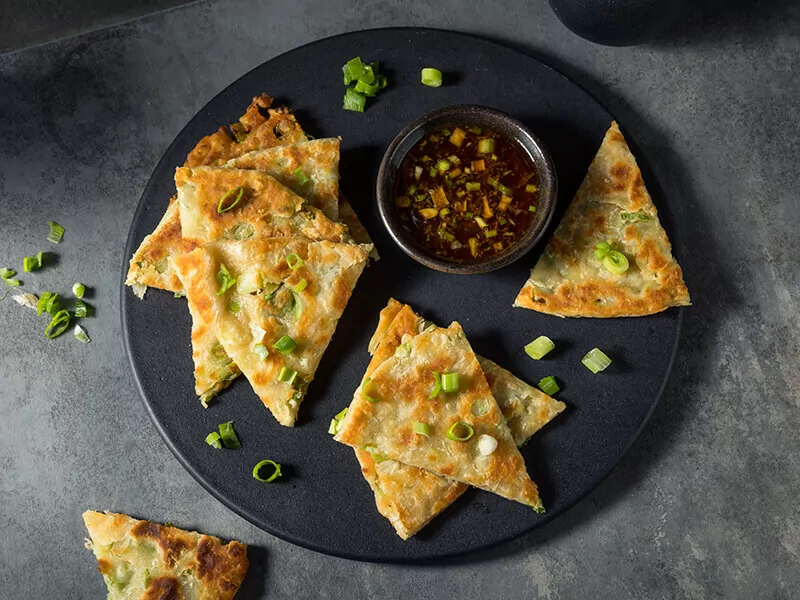
Here are some delicious recipes that you have to try out:
Scallion Salad
Scallion salad is the best way to enjoy these alliums raw. You can either make scallions the star of the dish by using them as the main ingredient or add other veggies to create a more complex flavor.
Korean scallion salad is a great treat, and here’s how to make it. Watch this video:
Salmon With Scallion
Scallions and savory dishes like meats or fish make a delicious pairing. Salmon, especially broiled salmon, is my personal favorite, but you can always switch it for any other type of fish that you like.
Scallion Pancake
For Asian cuisine lovers, scallion pancakes require no further introduction. Flaky, crispy on the outside with a slight chewiness on the inside, there’s simply nothing to complain about these yummy vegetable-based pancakes.
Pickled Scallion
Scallions might not be the first thing to cross your mind when it comes to vegetable pickling. But trust me on this.
With the help of a little vinegar, salt, and sugar, your scallions will turn into tasty pickles that go well with salad, tacos, or anything that needs an extra kick of onion-like flavor.
Cheese/Sour Cream Scallion Biscuit
If you want something cheesy or creamy but still contains the sharp taste of scallions, then definitely give these biscuits a try. This dish will taste even better when paired with some soups, especially on a cold day.
Shallots
Similar to scallions, shallots can also be enjoyed raw or prepared in an array of ways to add more flavor and a welcome bite to many dishes.
When used in vinaigrette dressing, shallot will elevate a simple salad bowl with a powerful aroma and flavor.
If you want to enjoy the sweet, distinct flavor of shallots on their own, you can further enhance their natural taste traits by caramelizing, slow-roasting, pickling, or glazing them.
A showcase of shallots’ incredible versatility in cooking. Watch this video:
While Asian cuisine favors scallions, French cooking is where shallots shine the best. There’s no mistaking the unique taste of shallots in staple French recipes such as the world-renowned Béarnaise sauce or a classic dish of shallot soup.
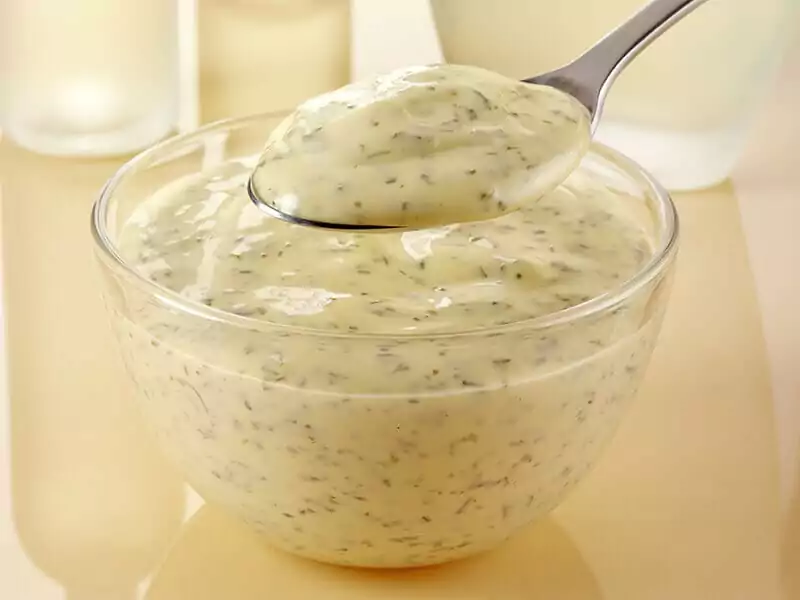
If the description above intrigues you, don’t miss out on these recipes:
Mushrooms With Shallot
Shallots will act as an enhancer for mushroom aromatic and earthy taste. If you’re looking for a hearty, vegan, and fulfilling side dish, you can’t go wrong with this one.
Béarnaise Sauce
Commonly celebrated as the world’s best sauce for steak, Béarnaise sauce is a must-try for any French cuisine lover. This is the prime example of shallots utilized to their fullest potential.
Caramelized Shallot With Mashed Potato
Adding a little shallots sweetness to mashed potatoes is a simple way to elevate this crowd-favorite side dish.
Since the pungent onion taste of shallots will practically disappear after caramelizing, you won’t have to worry about its overpowering flavor ruining your creamy potatoes.
Chicken Thighs With Shallot
Just because shallots make a perfect companion for steak doesn’t mean they won’t pair well with other meats. Take this tasty chicken and shallots recipe for an example. Remember, shallots are extremely versatile, so let your creative mind run wild!
FAQs
While the allium genus family is home to many beloved ingredients like scallions, shallots, onions, or chives, it is also a topic of much confusion. Here are some frequently asked questions that you should check out.
Scallions Or Shallots?
As you can see, scallions and shallots are incredibly versatile and tasty ingredients, so it’s hard to decide which one is better. At the end of the day, it all boils down to the dish that you’re making and your personal taste.
Do you love the mild and fresh taste of scallions? Or do you prefer a sharper, more intense flavor of shallots? Let me know your pick in the comments below! If you enjoy the content, drop me a like and share this post with your loved ones!
References
- Contributors to Wikimedia projects, (2003). Allium – Wikipedia [online]. Wikipedia, the free encyclopedia. Available from: <https://en.wikipedia.org/wiki/Allium>
- FoodData Central [online]. FoodData Central. Available from: <https://fdc.nal.usda.gov/fdc-app.html#/food-details/170005/nutrients>
- FoodData Central [online]. FoodData Central. [Viewed 11 November 2021]. Available from: <https://fdc.nal.usda.gov/fdc-app.html#/food-details/170499/nutrients>





